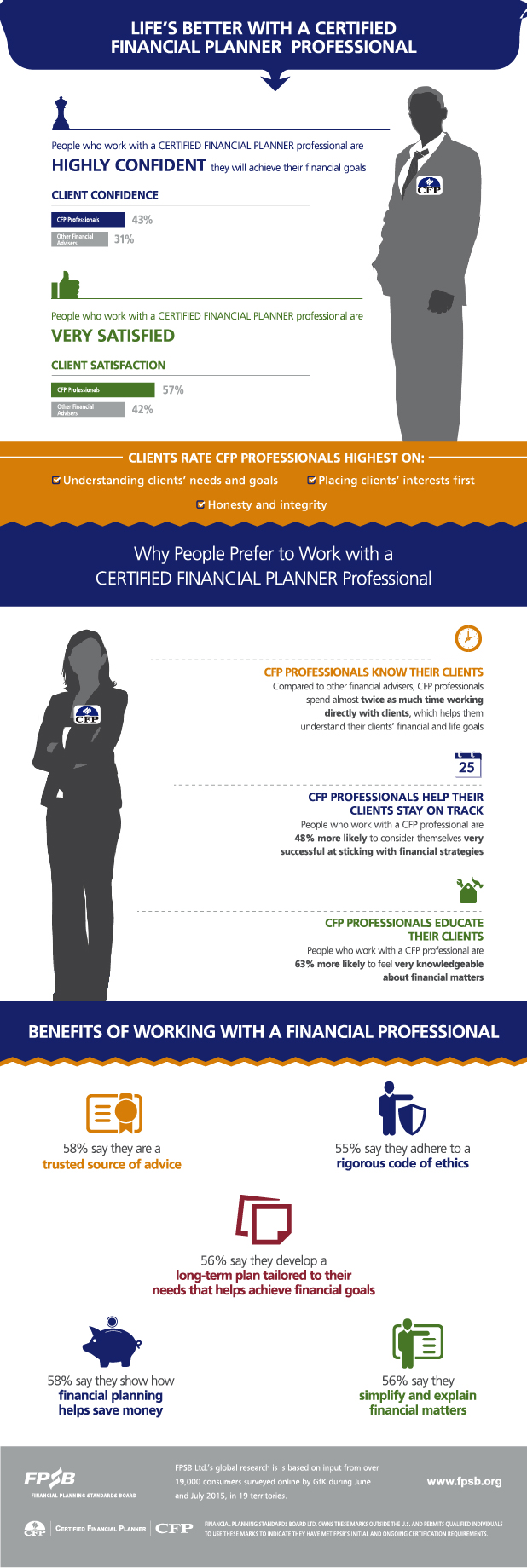Use Subdivision Bonds In Property To Find A Ball Of Regulatory Compliance And Framework Involvements
Use Subdivision Bonds In Property To Find A Ball Of Regulatory Compliance And Framework Involvements
Blog Article
Authored By-Logan Joensen
When it comes to navigating the complexities of the property sector, recognizing the ins and outs of community bonds is key. From ensuring conformity with neighborhood regulations to meeting facilities commitments, these bonds hold considerable relevance in development projects. But what exactly are the complex details behind subdivision bonds and just how do they impact various stakeholders in the realty industry? Let's reveal the basics that can aid you make educated decisions and efficiently browse the world of community bonds in property.
Function of Subdivision Bonds
Comprehending the function of neighborhood bonds is vital genuine estate programmers aiming to abide by regional regulations and make sure financial obligation. These bonds function as a form of guarantee to regional municipalities that the needed infrastructure renovations will certainly be finished by the designer.
By uploading a subdivision bond, you're basically assuring to end up the required public enhancements, such as roadways, pathways, and utilities, within the specified timeframe.
As a designer, safeguarding a community bond demonstrates your dedication to meeting your obligations and protecting the neighborhood's interests. It offers guarantee to the local government that the suggested community won't come to be a concern on taxpayers if the job is left incomplete. In addition, having a subdivision bond in position can improve your online reputation in the industry and construct trust with stakeholders.
Sorts Of Community Bonds
Distinguish in between the numerous kinds of class bonds to identify which ideal suits your job's demands. There are three primary kinds of class bonds typically used in the property industry: Performance bonds, payment bonds, and upkeep bonds.
Performance bonds make sure that the programmer finishes the subdivision based on the approved plans and laws. If the developer falls short to do so, the bond will cover the prices to complete the project. Payment bonds assure that all subcontractors and providers are paid for their work on the subdivision. If the designer defaults on payments, this bond provides economic security to those parties. Upkeep bonds, on the other hand, make certain that the developer preserves the subdivision facilities for a given period after completion. This bond covers any repairs or maintenance needed throughout that time.
Understanding the differences between these sorts of class bonds is crucial in selecting one of the most suitable one for your particular task needs. Each kind serves an unique function and uses different kinds of defense, so it's important to evaluate your task's needs thoroughly prior to choosing.
Demands for Neighborhood Bonds
To make sure compliance with guidelines, developers looking for subdivision bonds have to satisfy details demands set by regulatory authorities. just click the next post are vital for the effective issuance of subdivision bonds. Below are the key criteria you need to meet:
- ** Financial Stability **: You must demonstrate economic stability and the capability to cover the prices associated with the community project.
- ** Experience and Record **: Having prior experience in property development and a positive track record can increase your chances of receiving a class bond.
- ** Compliance with Zoning Regulations **: Making sure that your class plans line up with regional zoning regulations and policies is crucial for bond authorization.
- ** Environmental Influence Evaluation **: Sometimes, you may need to carry out an environmental impact evaluation to review the task's effects on the environment and deal with any concerns.
Meeting these needs is essential for obtaining a class bond and progressing with your property development job.
Final thought
Now that you comprehend the importance of subdivision bonds in the realty sector, keep in mind that they're like a safeguard for both designers and communities.
Much like a harness keeps a tightrope pedestrian safe and secure, neighborhood bonds guarantee that projects are completed properly and in conformity with policies.
By selecting the right bond and meeting all demands, you can browse the property landscape with self-confidence and satisfaction.
